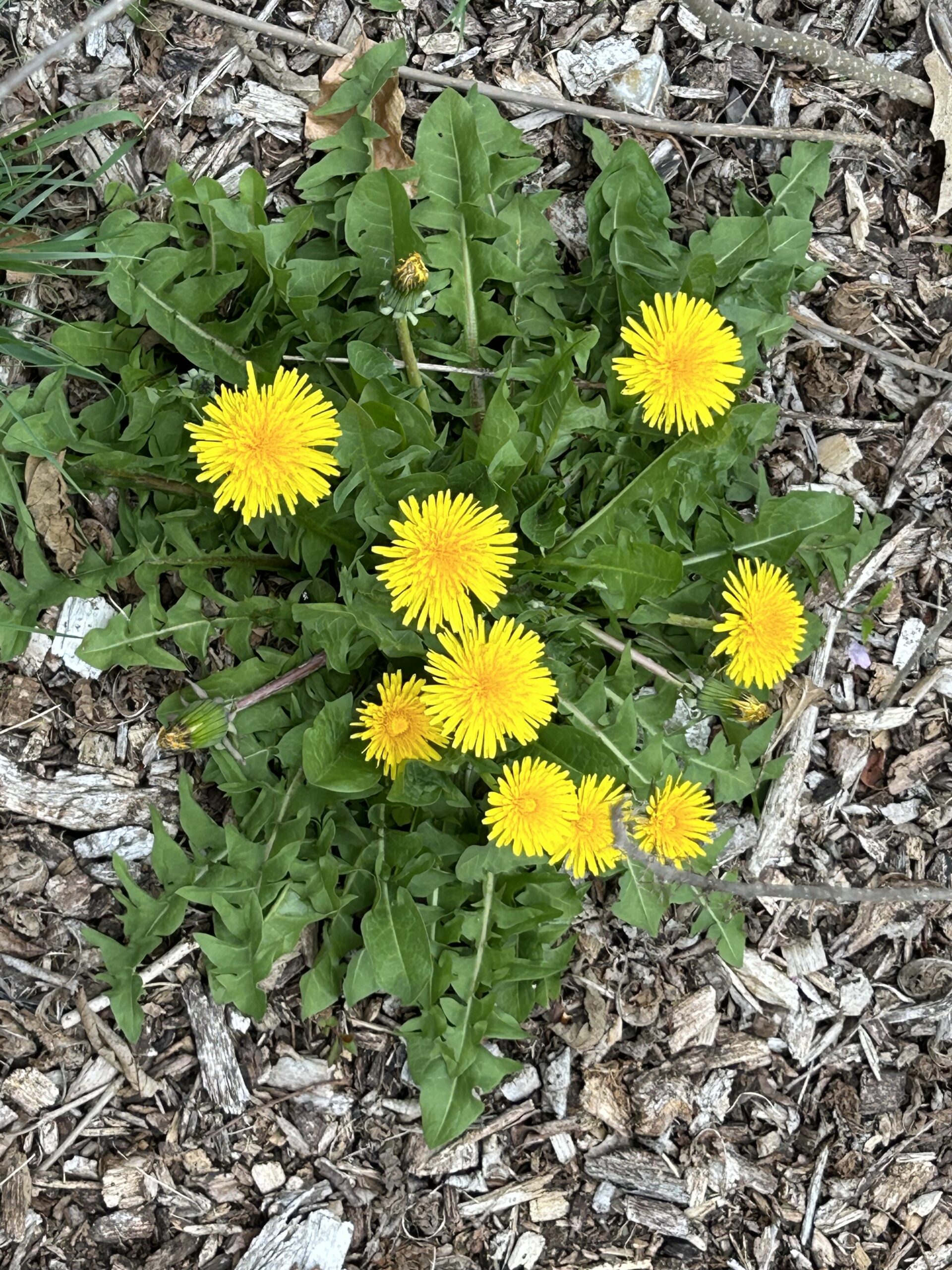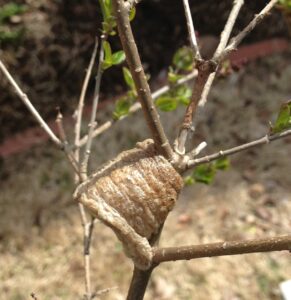
Early May Gardening Tips
Lawn weeds are growing like crazy; it has been a banner spring for bittercress, chickweed, and dandelion!
(Be sure to NOT let weeds go to seed!) That’s your cue to deal with them – organically or chemically. The first step is to know what the weed is, then decide the best and safest treatment.
Worried about your crape myrtle not leafing out? It’s still a bit early (they are notoriously late to leaf out); sit tight and give it a few more weeks. You can lightly scratch the bark of twigs to decide if it’s dead or alive. Green tissue is what you’re looking for. Thinking ahead about their summer flowers? Crapes bloom on new growth; the time to prune is right now!
Cool season spring lawns are actively growing, that means you need to be mowing! Sharpen blades, and then set to 3-3 1/2″. If you mow weekly, leave grass clippings on the lawn; do not bag! Recycling grass clippings back to the lawn returns trace amounts of nutrients to the soil and reduces the waste stream. And they do not add or create thatch!

Don’t be too hasty to remove foliage from spring-flowering bulbs – daffodils, tulips, hyacinths. Remember – the foliage should be yellow (ratty looking) before you cut it down. Interplant with summer annuals to camouflage the bulbs’ ripening foliage.
Put the saltshaker down and plant some herbs – for the health of it! Planters, window boxes, hanging baskets, or directly in the garden, herbs can spice up your life – naturally! Cilantro, thyme, rosemary, basil, oregano – there are herbs for all types of cooking. Most herbs prefer full sun and well-drained soils. Fertilize sparingly; many are not heavy feeders

Annoying bugs in the garden already? Lady bugs and praying mantises to the rescue! Releasing lady bugs is easy as ABC. Do it in the evening just as it begins to get dark. Lightly water the area and open the container; they know what to do. Lady bugs will devour aphids and soft scales. Praying mantises emerge from unusual-looking egg cases and seek their meals. Place the egg case in an out-of-the-way area amid plants in your garden and wait for it to hatch. They, too, will eat aphids, and other garden pests like earwigs and moths. One drawback – praying mantises have been known to eat the beneficial or ‘good bugs’ in the garden.
